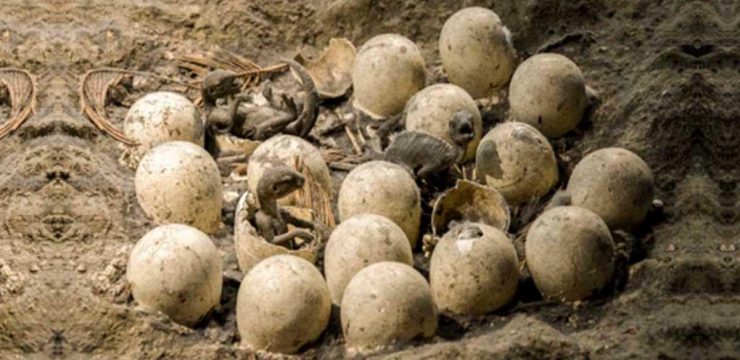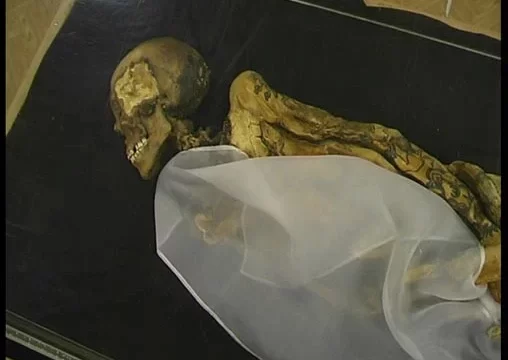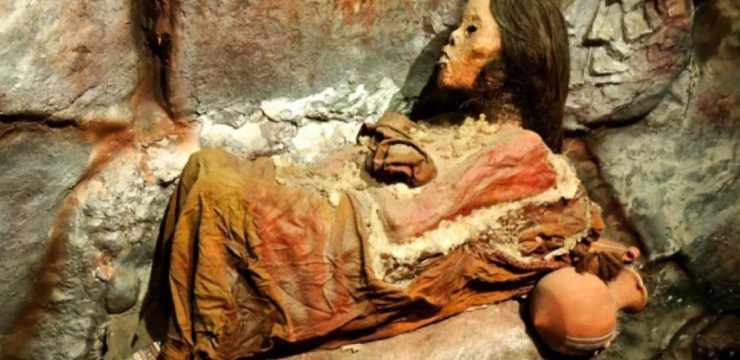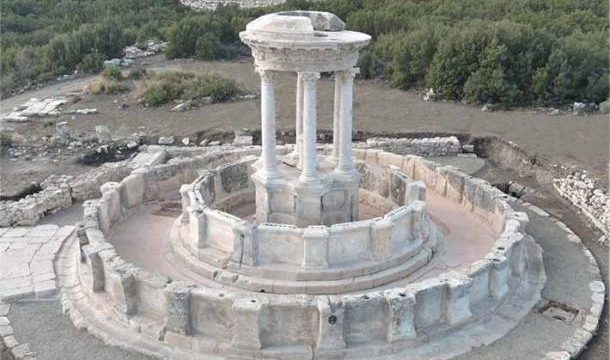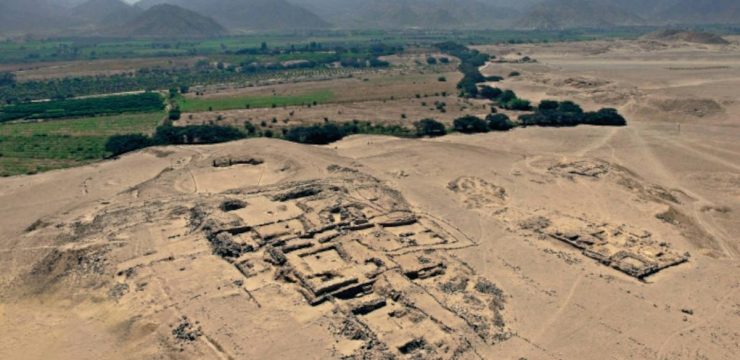Just a short trip from Florence—about ten kilometers north of the city center—lies a hidden gem that feels like stepping into a fairytale: the Park of Pratolino. This remarkable UNESCO World Heritage Site is a haven for nature lovers, history enthusiasts, and anyone seeking a peaceful escape. Known as one of the finest examples of a Renaissance-era park, Pratolino offers a rich blend of art, history, and natural beauty. Whether you’re a traveler looking for a quiet stroll, an outdoor adventurer, or a wildlife enthusiast, this park has something magical waiting for you.
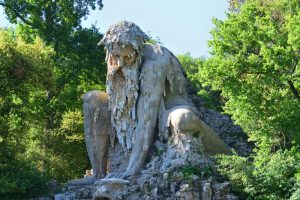
At the heart of the park is its most iconic feature—the Colossus of the Apennines. This towering stone figure stands roughly 14 meters tall, and it’s not just its size that makes it awe-inspiring. Created in 1580 by the Flemish-born sculptor Giambologna, the Colossus is a masterpiece of myth and engineering. Crafted as a personification of the Apennine mountains that stretch across northern Italy, the statue gazes solemnly toward the land, as if guarding the region. It sits at the edge of a lake, clutching the head of a sea creature in one massive hand—its mouth pouring water into the lake below. The symbolism is powerful, representing the life-giving force of nature and the deep connection between humans and the land they inhabit.
Reaching the park is simple and stress-free. If you’re coming from Florence, you can hop on a local bus—either the 302A or 307A—from the Santa Maria Novella railway station. The ride takes around 30 minutes and drops you off right at the park’s gate. For those driving, the park is easily accessible via the Via Bolognese, and there’s parking available nearby. Once inside, the experience feels like entering another world. The wooded paths offer a serene setting for walking or hiking, especially on sunny days when the light filters through the towering trees like golden lace. The park is also home to over 99 species of animals, making it a favorite spot for bird watchers and wildlife photographers.
Aside from the Colossus, the park features several other elements that reflect its Medici legacy. The Medici family, who once ruled Florence, were passionate patrons of the arts and transformed this estate into a luxurious retreat. Today, you can still find traces of their influence in the form of ornate Italian gardens and romantic landscapes designed for wandering and reflecting. Architect Bernardo Buontalenti, a visionary of the late Renaissance, contributed to the layout and aesthetic of the park. His touch can be seen in the geometrically arranged gardens, the fountains, and the grottos that dot the grounds.
Back to the Colossus—this statue isn’t just a static monument; it holds surprises within. Giambologna designed it with incredible creativity, incorporating not only artistry but also innovation. For example, the Colossus appears to be sweating or even crying during the colder months of the year. This effect is due to a network of hidden pipes within the statue that release water. When temperatures drop, the water freezes, covering the giant in shimmering icicles. This winter transformation gives the already stunning figure an even more mythical aura, making it a favorite subject for photographers and artists.
But the intrigue doesn’t stop there. Inside the statue’s head is a hidden chamber. Historical accounts suggest that this secret room once featured frescoes and was even used to entertain guests. Some say it had elaborate water displays and special effects that made the Colossus seem alive. Legend has it that smoke would rise from the giant’s nostrils, thanks to a chimney system concealed inside. Whether fact or folklore, these stories only add to the statue’s mystique.
Another fascinating detail lies in the statue’s design. From a distance, the Colossus seems rugged and earthy, blending in with the natural surroundings. But as you approach, you begin to notice the intricate textures that Giambologna added to make the statue appear like it was formed by nature itself. The sculpted stalactites that hang from the head to form the hair and beard are a testament to the artist’s brilliance. These elements transform the figure into a living part of the landscape—half-man, half-mountain.
While the Colossus draws most of the attention, the entire Park of Pratolino is a treasure trove of discoveries. Winding trails lead visitors to hidden grottos, sculptures, fountains, and tree-lined clearings perfect for picnicking or quiet meditation. The air smells of pine and oak, and the ambiance is one of timeless peace. In spring and summer, the park bursts with color, as flowers bloom and wildlife thrives. Autumn brings a different kind of beauty, with golden leaves carpeting the forest floor and the crisp air invigorating every step.
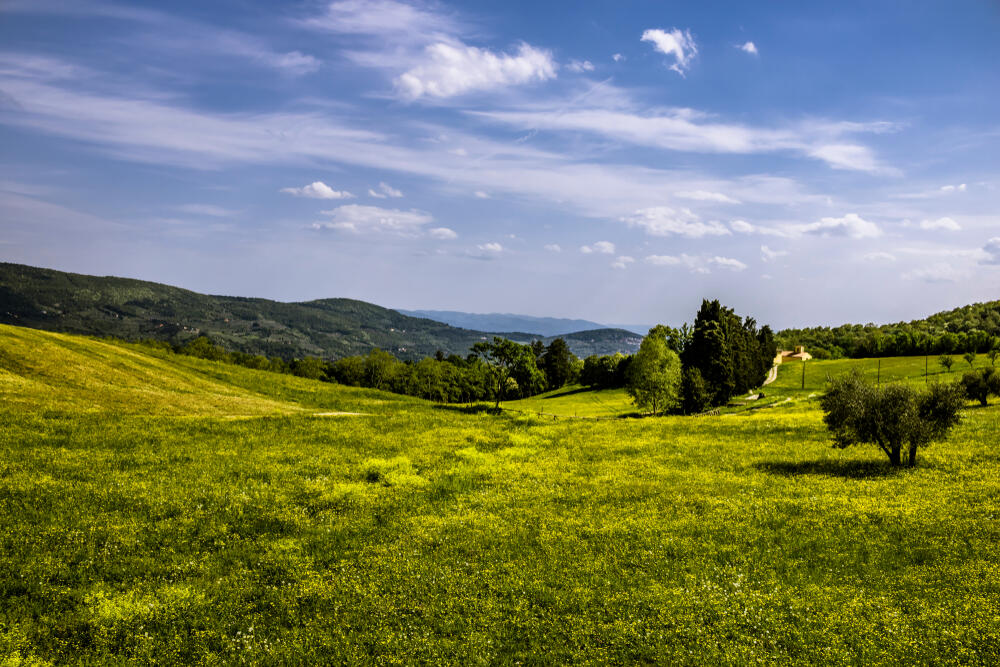
For anyone visiting Florence, the Park of Pratolino offers a refreshing contrast to the hustle and bustle of the city. It’s a place where history breathes through the trees, where art and nature are perfectly intertwined, and where every corner invites curiosity. Whether you’re marveling at the sheer scale of the Colossus or simply enjoying a quiet walk among ancient trees, Pratolino is sure to leave a lasting impression. So next time you’re in Tuscany, don’t miss this enchanting escape—it’s a rare chance to witness a blend of human creativity and natural wonder in perfect harmony.
